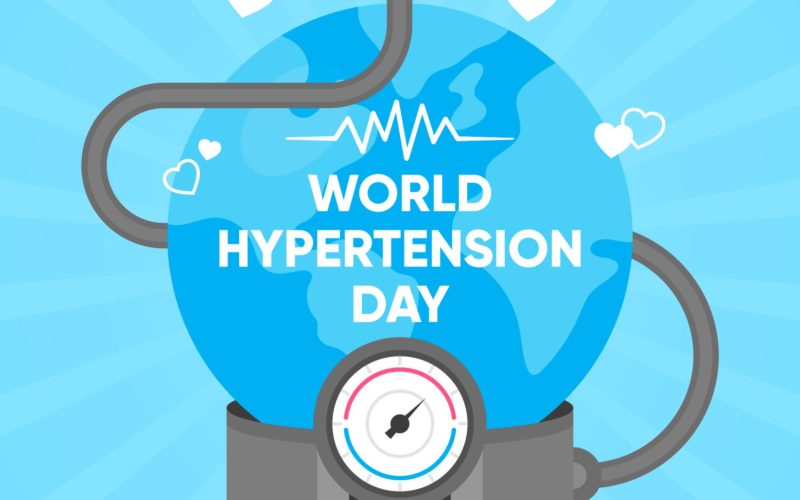“Measure your blood pressure, control it, live longer”
Home Blood Pressure Monitoring
It is not uncommon for doctors to encounter a relative ( aka- Spouse) who makes a diagnosis of hypertension based on -Yes Doctor- He/ She definitely has Hypertension- He is always irritable and short tempered.
Or- When you make a diagnosis of hypertension and want to treat it- Doctor, if he / she just calms down he would be ok, he doesn’t treatment for it.
As we observe the World Hypertension Day, it seems appropriate we empower our patients by proper guidance about the proper methods of BP monitoring and involve them in its management.
Hypertension
Key facts 1
- An estimated 1.28 billion adults aged 30-79 years worldwide have hypertension, most (two-thirds) living in low- and middle-income countries.
- An estimated 46% of adults with hypertension are unaware that they have the condition.
- Less than half of adults (42%) with hypertension are diagnosed and treated.
- Approximately 1 in 5 adults (21%) with hypertension have it under control.
- Hypertension is a major cause of premature death worldwide.
- In USA 2 prevalence of age-adjusted hypertension was 45.4% among adults and was higher among men (51.0%) than women (39.7%)
Indian Scenario 3
One- third of the Indian population suffers from hypertension.( 33% urban and 25% rural Indians). Of these, 25% rural and 42% urban Indians are aware of their hypertensive status. Only 25% rural and 38% of urban Indians are being treated for hypertension. One-tenth of rural and one-fifth of urban Indian hypertensive population have their BP under control.
Hypertension increases the risk of heart attack, stroke, kidney disease, and heart failure4 and is the leading preventable risk factor for global cardiovascular (CV) disease burden worldwide5. Each increase of 20 mmHg in systolic blood pressure (BP) doubles your risk of death from cardiovascular disease (CVD) 6

Why Home Blood Pressure ?
At the doctor’s office, your blood pressure reading only shows your numbers at that moment. A home monitor lets you check it oftenThere is large variability in office (clinic/ hospital) BP readings, resulting in 25-30 % patients being misdiagnosed as having hypertension. Major guidelines recommend Home blood pressure monitoring (HBPM) as a self-monitoring tool for care of patients with hypertension
Let us look the advantages and disadvantages of Home Blood Pressure Monitoring
Table 7

Not all patients are suited to home measurement-
- Undue anxiety in response to high blood pressure readings
- Physical or mental disability prevents accurate technique or recording
- Arm not suited to blood pressure cuff (e.g. conical shaped arm)
- Irregular pulse or arrhythmias prevent accurate readings
- Lack of interest
How do I measure my blood pressure?
Before you check your blood pressure, you should:
- Wait 30 minutes after eating or using caffeine, alcohol, or tobacco products.
- Go to the bathroom and empty your bladder.
- Rest for 3 to 5 minutes and do not talk.
- Sit in a comfortable position, with your legs and ankles uncrossed and your back supported.
- Elevate your left arm to the level of your heart. Place it on a table or desk and sit still.
- Wrap the cuff around the upper part of your bare arm. The cuff should be smooth and snug. There should be enough room for you to slip one fingertip under the cuff.
- Check the placement of the cuff. The bottom edge of it should be 1 inch above the crease of your elbow.
- For each BP recording, take two consecutive measurements, at least 1 minute apart.;
- BP is recorded twice daily, ideally in the morning and evening; and
- BP recording continues for at least 5 days, ideally for 7 days.
Measurements taken on the first day should be discarded and the average value of the remaining days after day one is discarded be used.
For more detailed information look at this page

In Part 2 we will look at the home BP devices available (how to choose one), how good are APPs in blood pressure measurements and lifestyle modifications for hypertension control.

